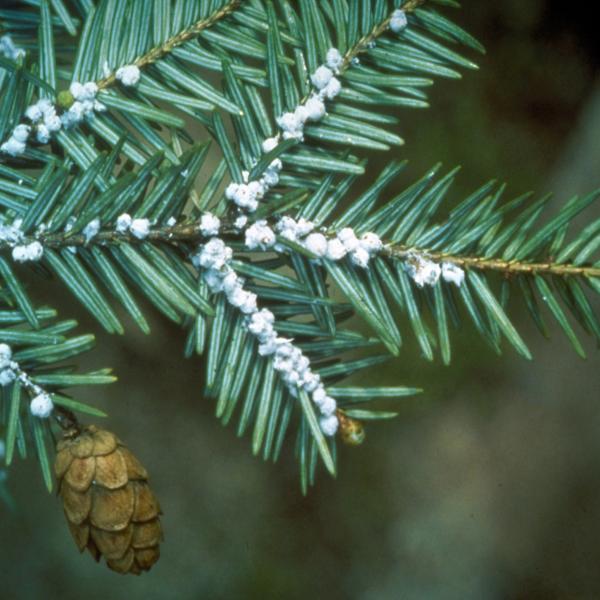
News Source
The government has a plan to combat the spread of a tree-killing insect in the Finger Lakes National Forest.
U.S. Sen. Charles Schumer said the U.S. Department of Agriculture wants to target the Hemlock Wooly Adelgid with biological and chemical control techniques.
In November, Schumer, D-N.Y., urged the U.S. Forest Service to make anti-adelgid efforts a funding priority.
“Invasive species like the Hemlock Wooly Adelgid have the potential to decimate large swathes of land across Upstate New York, and we must stop this pest in its tracks before it kills precious trees all across the state,” Schumer said in a press release. “The USDA has laid out an ambitious plan to try to control this invasive species within the Finger Lakes National Forest, and this plan is a step in the right direction toward implementing the pest-control methods we need throughout the state. I urge the USDA to implement this plan as soon as possible and to expand its efforts to all of the Finger Lakes and Southern Tier counties where this pest is beginning to take hold.”
The USDA plan, dubbed the Hemlock Wooly Adelgid Suppression Project, would cover almost 3,000 acres in the national forest, which is located in Seneca and Schuyler counties. The USDA would also go after the insect in local watersheds, including Mill, Breakneck, Curry, Sawmill, Ravine, McBride, Potomac and Hencoop creeks, along with Spring Brook.
First spotted in New York’s Hudson Valley region in the 1980s, the adelgids have since spread to 25 counties, including Yates, Seneca and Schuyler. The adelgids feed on sap at the base of hemlock needles, which eventually deprives the tree of enough nutrients to kill it.
That means the adelgids pose a major threat to both the ecosystem and the economy of local communities that depend on logging, Schumer said.
Trees infested with Wooly Adelgids can be saved if treated within one year. The insects typically kill them after about four to 10 years without treatment.